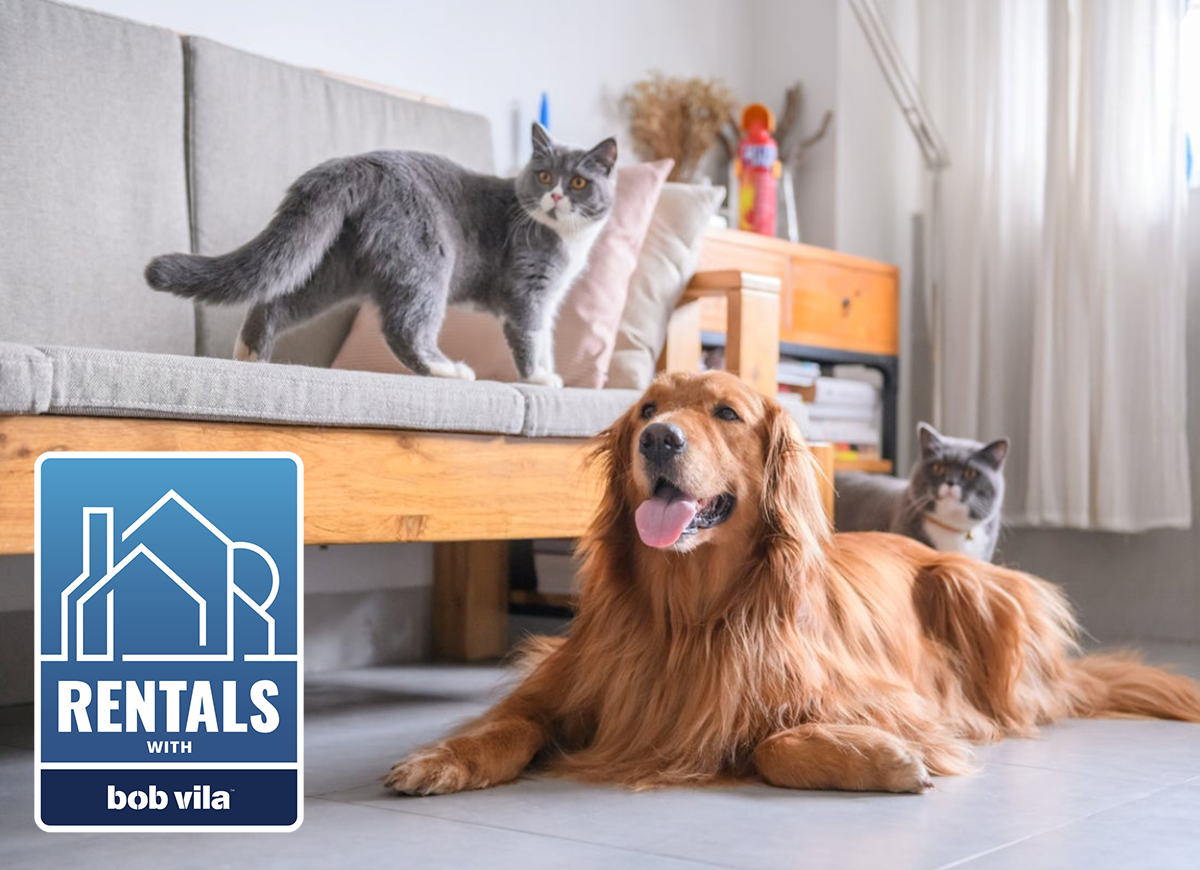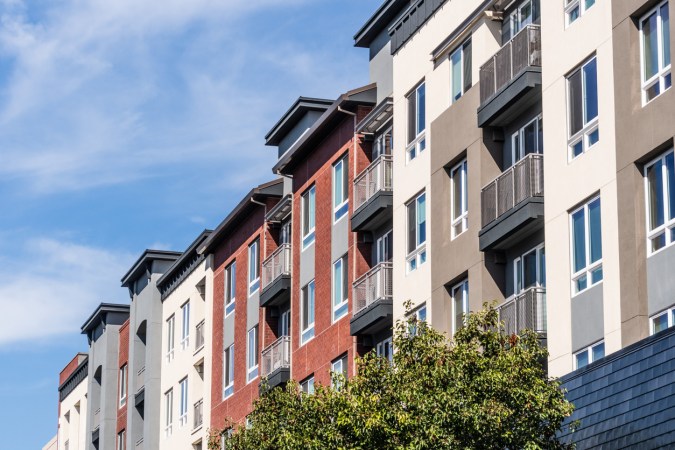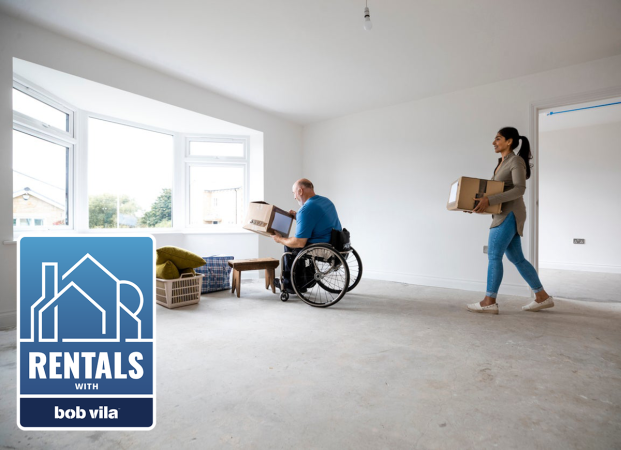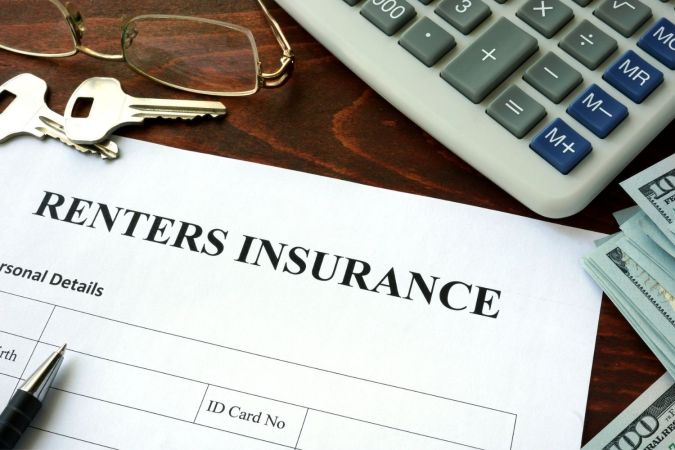We may earn revenue from the products available on this page and participate in affiliate programs. Learn More ›
Welcome to The State of Rentals with Bob Vila, a series dedicated to showing both landlords and tenants the crucial steps in finding the right property, potential challenges with renting, precautions to protect your interests, and ideas for making the most of your next move. We’ve included current market trends mixed with Bob’s tried-and-true advice, our vetted shopping guides, and the behind-the-scenes tips you need to make your rental a home.
Finding the right apartment can be a challenge even if you’re just looking for the perfect place for yourself. When you’re trying to find an apartment for you and your pet, it can be an even more daunting task. Whether you’re using one of the top rental listing sites to help you navigate your search or simply visiting local apartment complexes in person, there are several things you’ll want to keep in mind when looking for a pet-friendly rental.
1. Don’t try to hide a pet from your landlord.
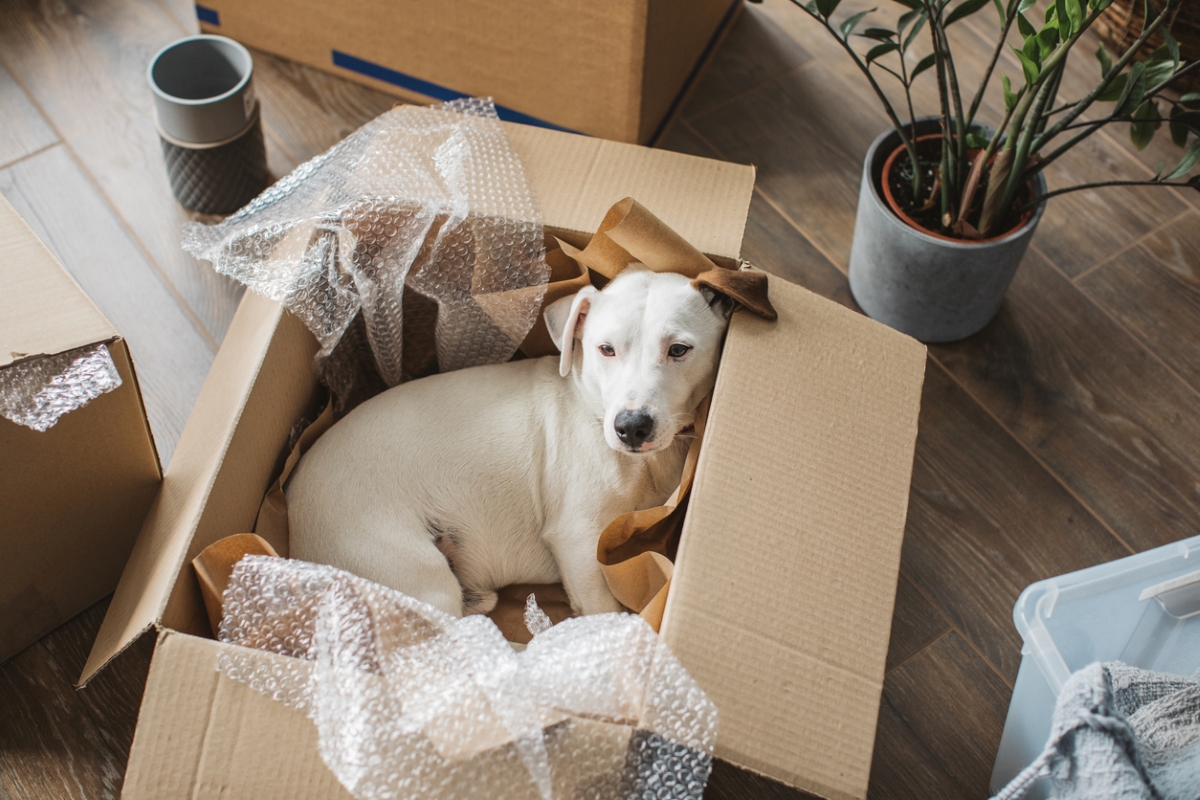
One of the things you should never do in a rental is try to hide a pet from the landlord. If you choose an apartment complex that doesn’t allow pets thinking you’ll be able to keep all signs of your pet hidden, you’re just asking for trouble. You never know when the landlord will stop by, and you shouldn’t assume that your generally well-behaved pet won’t mess up or damage the rental unit.
RELATED: 10 House Hacks Every Pet Owner Needs to Know
2. Not all pet-friendly apartments are the same.

Before you get too deep into your search for a new place to live, it is important to understand that not all apartments marketed as “pet-friendly” are the same. Each rental complex may have a different definition for the term “pet-friendly,” so you’ll need to find out more about each place. For example, some complexes marketed as pet-friendly may offer specific amenities geared toward animals, such as a dog park. In others, the term may simply mean that tenants can have pets in their unit, although there may still be restrictions on the number of pets, their size, or their breed.
RELATED: 13 Products Every Dog Owner Needs, According to Our Editors
3. Additional fees and deposits are required.

Paying more for housing is one of the many hidden expenses of pet ownership that you’ll need to be prepared for. Most places that accept pets will charge a separate pet deposit on top of the standard rental deposit. The cost of a pet deposit can vary, but it is typically between $200 and $500. Beyond the additional deposit, pet-friendly apartments may have a higher monthly rental cost than other units, and some may even tack on a separate monthly rental fee for your pet(s).
RELATED: Don’t Forget This Important Step After Signing Your Apartment Lease
4. Certain breeds may not be allowed.

Even apartments that are advertised as pet-friendly may not accept all pets. Many landlords will not accept breeds that have been deemed too “aggressive.” In the landlords’ view, these breeds may be too much of a liability and are more likely to cause damage to the property. Moreover, some insurance companies may require that these restrictions be in place in complexes or buildings that house multiple families. Some of the breeds that are commonly excluded from even pet-friendly rentals include:
- Pit bull terriers
- German shepherds
- Mastiffs
- Great Danes
- Cane corsos
- Doberman pinschers
- Akitas
- Rottweilers
- Staffordshire terriers
- Alaskan malamutes
RELATED: Solved! What Is Pet Liability Insurance for Renters, and Do I Need It?
5. Preparing a pet résumé could help.
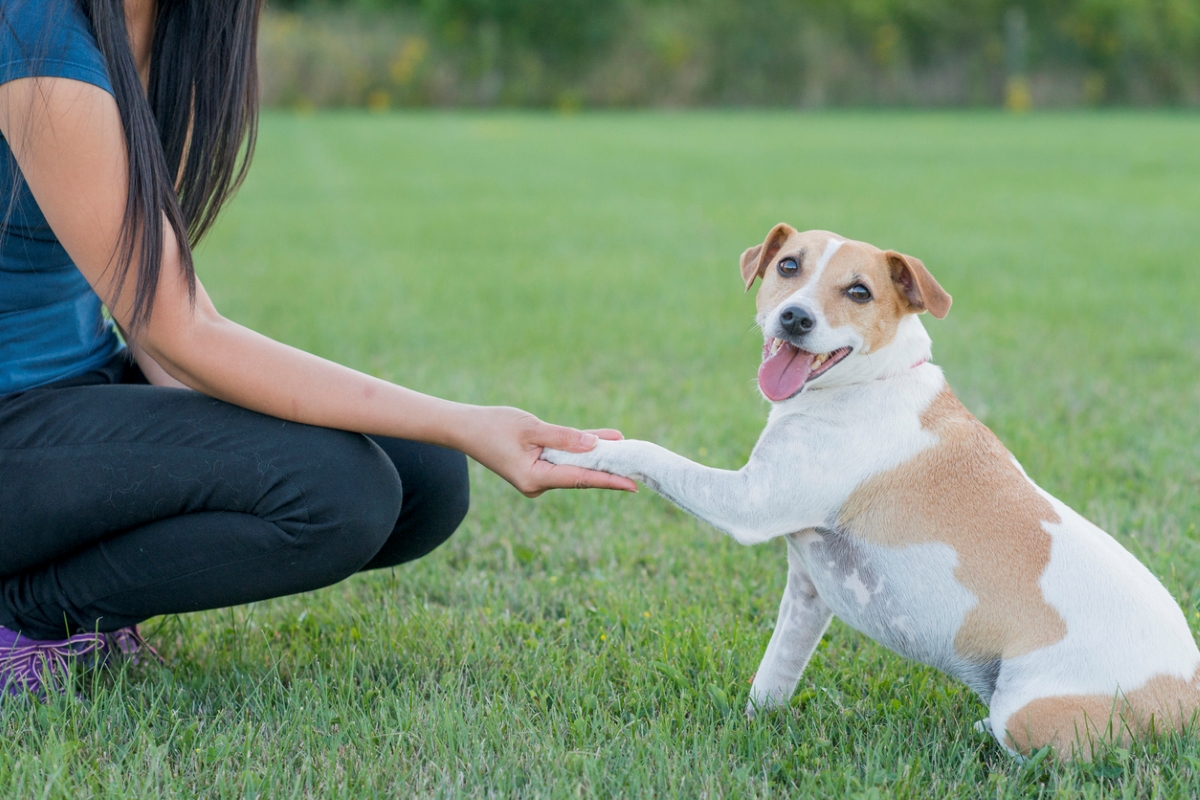
It could work to your benefit to prepare a pet résumé before you start searching for a new place to live. Having a pet résumé ready to hand to potential landlords could help them learn more about your cat or dog and reassure them that your pet will be a good tenant. It could potentially even sway a landlord who is on the fence about allowing a particular breed, or any pets in general. Include a few key components in your pet résumé: your dog’s name, weight, and breed; proof of up-to-date vaccinations; any certificates earned for training courses; and at least one photo of your dog. If you and your pet lived together in other properties, a statement from the previous landlord could also be helpful.
6. Rules are different for service animals.
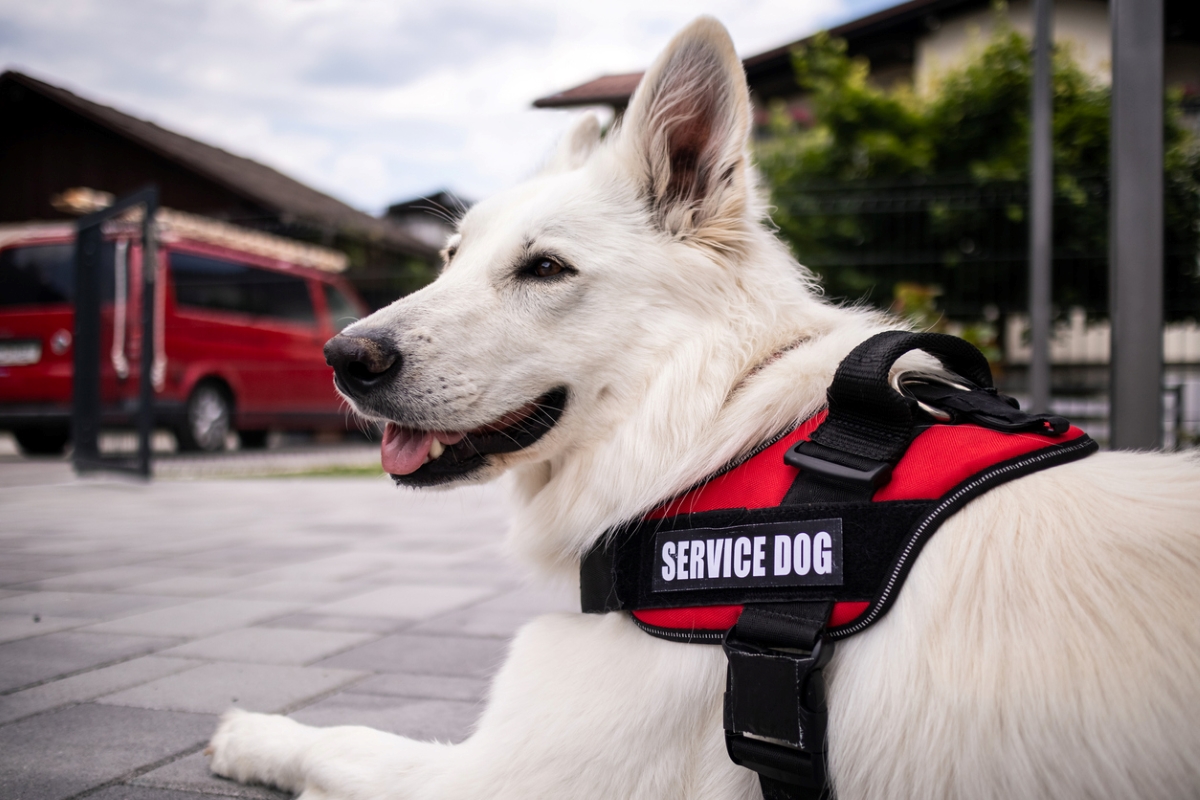
If you have a service animal, you don’t have to limit yourself to looking only for pet-friendly apartments. The Americans with Disabilities Act (ADA) protects individuals with service animals from being denied housing in rental properties, and landlords are not allowed to charge pet deposits or increase the rent for pets classified as service animals. This policy, however, does not apply to emotional support animals. You might be able to persuade the landlord of a building that isn’t pet-friendly to make an exception for an emotional support animal, but it could be a tough sell.
RELATED: 15 Things Every Pet Owner Needs for a Clean House
7. Take steps to get your security deposit back.
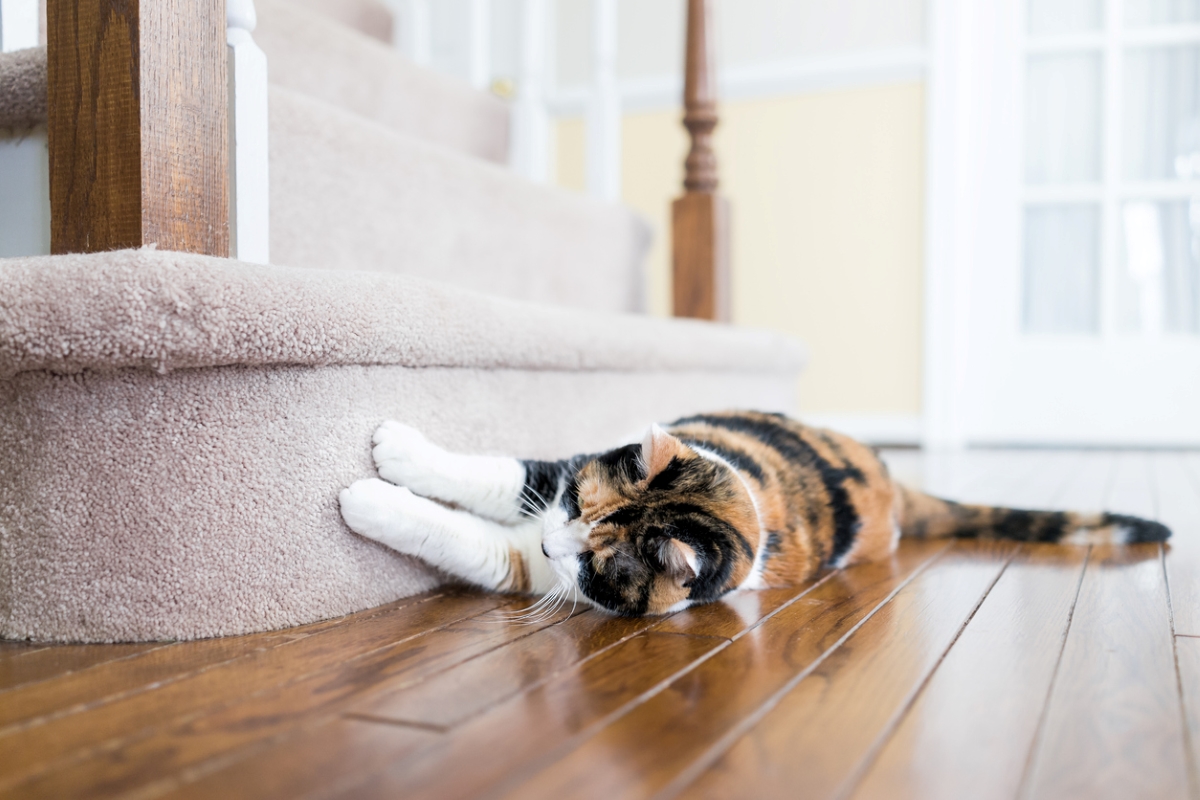
To make sure you’ll ultimately get your pet deposit back, start laying the groundwork immediately after signing your lease. When you move in, before you and your pet even set foot in the apartment, document the condition of everything inside. Take time-stamped photos of any existing damage that the landlord could try to blame on your pet. Once you and your pet settle in, do your best to clean up messes quickly and prevent your pet from causing any damage to the unit. Come move-out time, if you feel that your landlord is unfairly retaining your pet deposit, you’ll have documentation at the ready should you decide to seek help from a local court.

